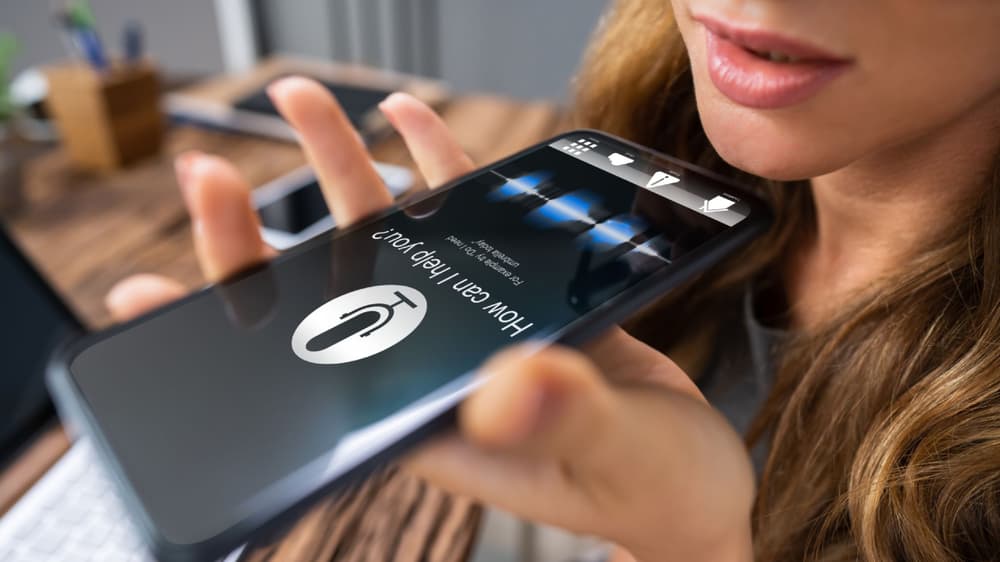Voice biometrics is revolutionizing banking by using unique voice patterns to securely and seamlessly authenticate customers. This technology enhances security by reducing fraud risk, speeds up customer interactions by eliminating passwords, and cuts operational costs for banks.
Voice Biometrics in Banking The Next Step in Seamless Customer Authentication
Written by Sumit Kaushik

Today's fast-paced era has presented the banks and financial institutions with a double-edged sword: to increase security for safeguarding sensitive customer information on the one hand while, at the same time, offering a frictionless, hassle-free experience.
Classical security through passwords and PINs is usually deficiency—forgotten, misplaced, or hijacked, having the potential to cause customer inconvenience and expose banks to risk. To this end, the sector is searching for new technologies, and one of these new technologies being applied is voice biometrics.
This new verification technology is revolutionizing the way banks verify identity, secure data, and offer enhanced consumer experience, hence making banking convenient yet secure.
What is Voice Biometrics?
Voice biometrics uses the distinctive characteristics of a person's voice for identity verification. In the same way, fingerprints or retinal scans are unique patterns—pitch, tone, cadence, and rhythm—known to only one. The human voice has a highly individual "voiceprint."
Voice biometrics builds a dynamic and almost impossible-to-copy identifier, in contrast to static passwords. The voiceprint can be safely recorded and employed to verify consumers in seconds through any channel—on call, via mobile apps, or via voice-enabled smart speakers.
The outcome is a quick, painless, and secure identity verification process without the hassle of the current security process.
Why Voice Biometrics Is a Breakthrough in Banking
More Security
Voice biometrics adds a further layer of security since it is challenging for the scammers to pretend to be actual customers.
Unlike easily stolen or password guessable credentials, the voiceprint is unique and cannot be easily replicated, thereby decreasing risks of identity theft, phishing threats, and social engineering attacks.
Improved Customer Experience
Those are the days of remembering long passwords or answering a series of security questions. Customers can just talk naturally to confirm who they are, less friction and wait time.
Natural authentication like this improves banking interaction to be easier and more pleasant, which equates to better customer satisfaction in the long run.
Lower Operating Cost
By using voice biometrics in enabling identity authentication on an automatic level, banks lower the effort and time invested in authenticating manually within call centers.
By doing so, they minimize their operations as less costly and time-consuming to the advantage of consumers and banks.
Multi-Channel Flexibility
Voice biometrics provides consistent security across different platforms. From dialling a customer care number, accessing a mobile banking application, to using voice assistants, the technology provides smooth authentication, allowing easy and secure banking anytime, anywhere.
Uses of Voice Biometrics in Banking
- Call Center Authentication: Rather than tedious verification procedures with numerous questions being asked, customers are authenticated in seconds using rapid voice scan, accelerating service and minimizing customer annoyance.
- Security in Mobile Banking: Clients also open and log in to bank apps using just voice, quicker than fingerprint scan or typing passwords.
- Fraud Defense: Banks will always verify voiceprint mismatch whenever the transaction is being conducted. Any discrepancy triggers immediate alarms to detect fraud before it harms.
- Voice Banking: Support for smart speaker and digital voice assistants allows customers to securely carry out banking activities like checking balance or making payments with the help of voice commands, raising the level of convenience and accessibility.
Controversies and Considerations
Although much is possible using voice biometrics, it is not without problems:
- Background Noise: Speech understanding is impaired in cases of noise, although more recent advances in noise-reduction techniques are more actively seeking to provide improved performance under the conditions of the real world.
- Voice Variability: Sporadic shifts in voice because of sickness, mood state, or age must have stability in adaptive algorithms with high recognition strength to authenticate users in spite of small changes and authenticate accordingly.
It needs to be done with extreme care in collecting and storing the biometric information, being careful not to infringe on strict data privacy laws and keeping the user consent open to develop trust and ensure the privacy of clients.
The Future of Voice Biometrics in Banking
As artificial intelligence and machine learning grow, voice biometrics will grow more sophisticated, accurate, and responsive. Banks worldwide are making that investment in technology to deliver a real frictionless, secure banking experience that allows customers to simply, securely, and in real-time authenticate themselves on any device or channel.
Voice biometrics is not simply a technology upgrade, however—it's the customer authentication of the future, with security and unprecedented convenience. To banks committed to innovation and customer-centricity, voice biometrics is not simply a strategic choice—it's increasingly an integral digital banking component today.